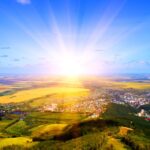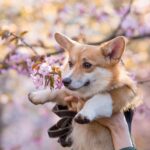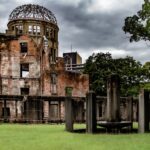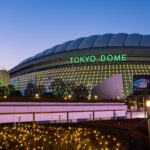What Kind of Bears Are in Japan?
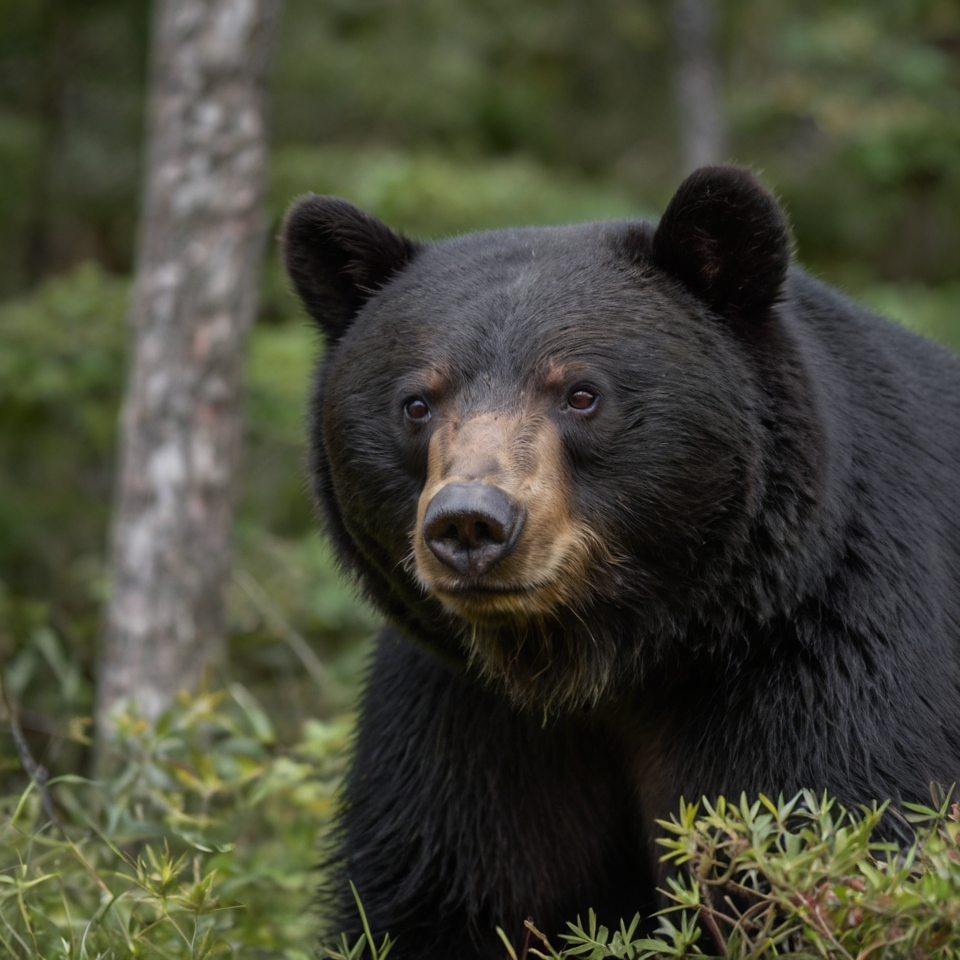
What Kind of Bears Are in Japan?
When people think of wildlife in Japan, they often picture deer in Nara, monkeys in hot springs, or cranes in snowy Hokkaido. But one of the most powerful and symbolic animals in Japan is the bear. So, what kind of bears actually live in Japan?
The short answer is: Japan has two native bear species – the brown bear and the Asian black bear. There are no wild polar bears or “grizzly bears” in Japan; when people say “grizzly” in a Japanese context, they are usually talking about the large brown bears of Hokkaido.
In this article, we will look at:
- The two kinds of bears found in Japan
- Where they live
- How they look and behave
- Their conservation status
- A few cultural and safety points
1. How Many Bear Species Does Japan Have?
Japan is home to two native species of bear:
- Ussuri brown bear (Ursus arctos lasiotus) – called ヒグマ (higuma) in Japanese
- Asian black bear (Ursus thibetanus) – in Japan a local subspecies called the Japanese black bear, known as ツキノワグマ (tsukinowaguma)
That’s it – just two. But even with only two species, their size, behavior, and where they live are quite different.
2. Ussuri Brown Bear (Higuma) – Hokkaido’s Giant Bear
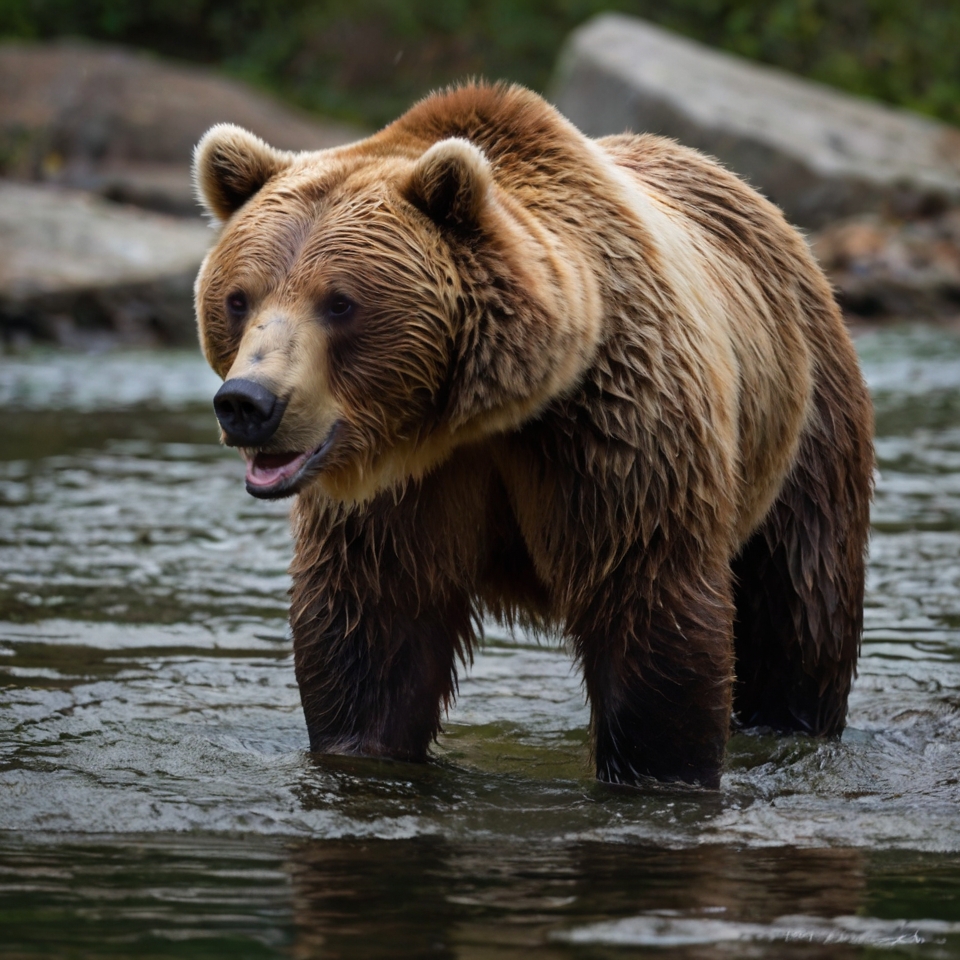
The Ussuri brown bear lives only in Hokkaido within Japan. It is sometimes called the “Ezo brown bear” or compared to the North American grizzly because of its size and power.
2.1 Basic characteristics
- Scientific name: Ursus arctos lasiotus
- Japanese name: ヒグマ (higuma)
- Size: One of the largest brown bear subspecies
- Adult males: often over 200 kg
- Large individuals can reach 300 kg or more
- Body shape: Heavy body, thick neck, muscular shoulders
- Fur color: Usually dark brown; individuals can vary from lighter brown to almost black
2.2 Where they live in Japan
Within Japan, brown bears are only found in Hokkaido. They live mainly in:
- Mountain forests
- River valleys
- Coastal areas with rich food sources
Some famous areas with brown bears include:
- Shiretoko Peninsula – a UNESCO World Heritage Site
- Daisetsuzan National Park – large mountain wilderness
- Forested regions across central and eastern Hokkaido
2.3 What they eat
Although they look scary, brown bears in Japan are omnivores, not pure meat-eaters.
Main foods include:
- Nuts and seeds (acorns, beechnuts)
- Berries and other fruits
- Roots and shoots of plants
- Insects (such as ants)
- Fish such as salmon, especially during spawning seasons
- Occasionally mammals (deer, livestock, or carrion)
Their diet changes with the seasons. In autumn, they eat as much high-calorie food as possible to build fat for winter hibernation.
2.4 Behavior and hibernation
- Brown bears in Hokkaido usually hibernate in winter, sleeping in dens from around November to April (timing depends on weather and food).
- Mothers give birth in the den during hibernation, usually to one to three cubs.
- They are generally shy of humans but can be dangerous if:
- Surprised at close range
- Protecting cubs
- Used to eating human food or garbage
3. Asian Black Bear (Japanese Black Bear, Tsukinowaguma)
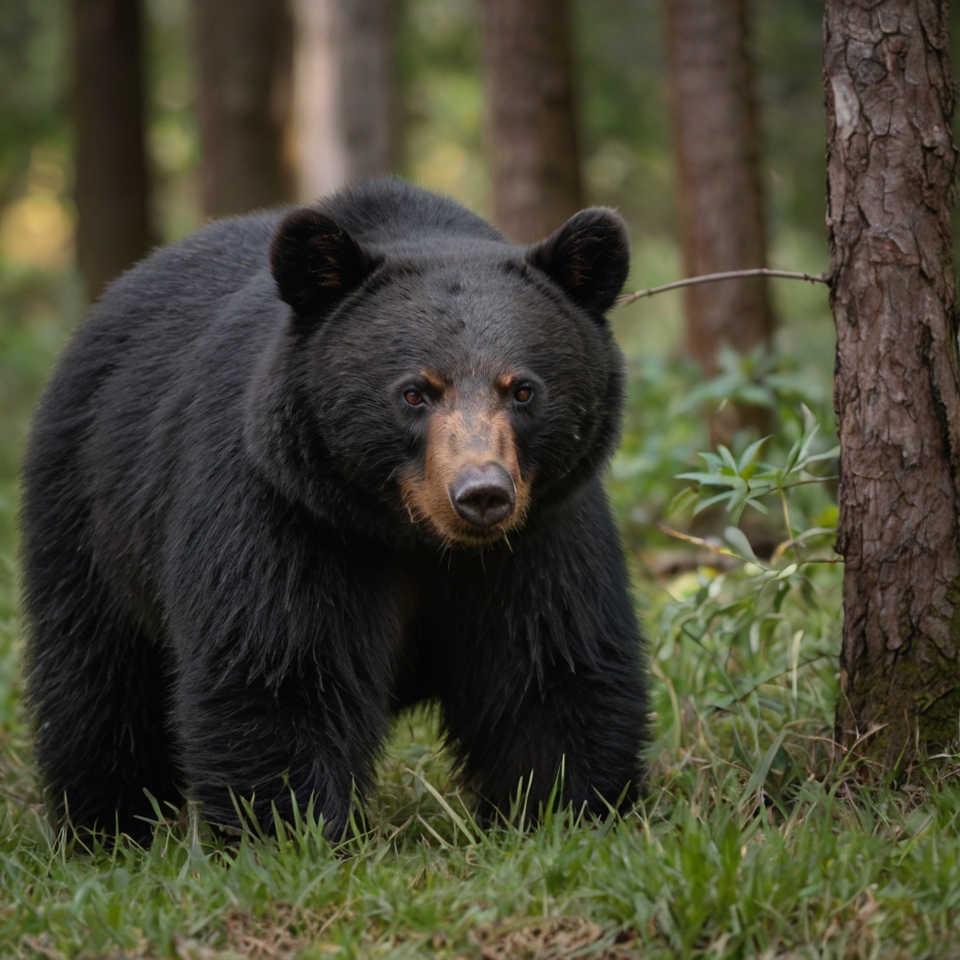
The second bear species in Japan is the Asian black bear. The Japanese population is considered a subspecies called the Japanese black bear.
3.1 Basic characteristics
- Scientific name: Ursus thibetanus japonicus (Japanese subspecies)
- Japanese name: ツキノワグマ (tsukinowaguma)
- Nickname meaning: “crescent-moon bear” – because many individuals have a light, crescent-shaped patch of fur on their chest
- Size: Smaller than brown bears
- Adult males: roughly 60–120 kg
- Females are smaller
- Appearance:
- Black fur
- Rounded ears
- White or pale patch on the chest (shape varies)
3.2 Where they live in Japan
Japanese black bears live mainly in central and western Japan:
- Honshu: Widely distributed in many mountain forests
- Shikoku: Very small and endangered population
- Kyushu: Black bears once lived there, but they are now believed to be extinct in the wild
They prefer:
- Mountainous forests with mixed broadleaf and conifer trees
- Areas with good supplies of nuts, berries, and insects
3.3 What they eat
Like brown bears, Japanese black bears are omnivores, but they rely more on plant foods:
- Nuts and seeds (acorns, beechnuts, chestnuts)
- Berries and fruits
- Young shoots and leaves
- Insects and larvae
- Occasionally small animals or carrion
When acorns and beechnuts are scarce, black bears may come closer to villages to eat farm crops, fruit trees, or even garbage. This sometimes leads to conflicts with people.
3.4 Behavior and hibernation
- Japanese black bears also hibernate, though the timing depends on region and climate.
- Females give birth in winter dens.
- They are excellent climbers and often escape danger by climbing trees.
- Usually shy, but can be dangerous if surprised at close range or if they associate humans with food.
4. Where Exactly Are Bears Found in Japan?
It can be easier to understand by looking island by island.
4.1 Hokkaido
- Species: Only Ussuri brown bears
- No black bears in the wild
- Hokkaido has one of the densest brown bear populations in the world.
4.2 Honshu
- Species: Japanese black bears
- Found in many mountainous regions, especially:
- Tohoku (northern Honshu)
- Chubu (Japanese Alps region)
- Parts of Kinki and Chugoku regions
- They usually avoid big cities, but as rural areas depopulate and forests expand, the boundary between “bear country” and human settlements is getting less clear.
4.3 Shikoku
- Species: A very small population of Japanese black bears
- Considered endangered
- Conservation groups are worried about their long-term survival because of habitat loss and low numbers.
4.4 Kyushu
- Historically, Japanese black bears lived in Kyushu.
- Today, they are considered extinct in the wild there; no reliable, recent records of wild bears exist.
4.5 What about other islands?
- On smaller main islands like Okinawa, there are no wild bears.
- Polar bears or other foreign species can only be seen in zoos or wildlife parks, not in the wild.
5. How Many Bears Are There in Japan?
Exact numbers are difficult to know, but recent estimates suggest roughly:
- Brown bears in Hokkaido: Tens of thousands, with some local governments estimating well over ten thousand individuals.
- Japanese black bears: Tens of thousands across Honshu and Shikoku, but populations are uneven:
- Some areas have healthy numbers.
- Other areas, especially in western Japan and Shikoku, have very small and fragile populations.
Because bear numbers and human settlements overlap more than before, sightings and encounters have increased in many regions.
6. Are Bears in Japan Dangerous?
Bears are powerful wild animals, so they always have the potential to be dangerous. However, context matters.
6.1 When do problems happen?
Conflicts between bears and people usually happen when:
- Bears are searching for food in autumn and wander into villages.
- Poor acorn or beechnut harvests push bears toward farms and towns.
- People surprise a bear at close range while hiking or picking wild plants.
- Bears lose their natural fear of humans after finding food in garbage or fields.
6.2 Basic safety tips (very general)
If traveling in bear country in Japan:
- Stay on marked trails.
- Make noise (talk, use a bell) in dense forests so bears are not surprised.
- Avoid hiking alone in remote areas.
- Do not leave trash or food outside.
- Never approach a bear, even if it looks calm.
Local governments in Hokkaido and many prefectures in Honshu publish their own detailed safety guidelines, so it is wise to check local information before going into the mountains.
7. Bears in Japanese Culture
Bears are not only wildlife; they are also deeply rooted in Japanese culture.
7.1 Ainu culture and the brown bear
For the Ainu, the Indigenous people of Hokkaido and nearby regions, the brown bear is a sacred animal.
- Bears were traditionally seen as a mountain god visiting the human world.
- The famous Ainu ceremony イオマンテ (iomante) involved respectfully sending the spirit of a bear back to the gods.
This shows that fear and respect for bears have a long history in northern Japan.
7.2 Folklore and modern mascots
Across Japan:
- Bears appear in folktales, often as powerful but sometimes friendly characters.
- Modern Japan loves cute bear mascots, such as Kumamon of Kumamoto Prefecture (even though there are no wild bears in Kumamoto today).
- Cartoons, picture books, and souvenirs often use bear characters that are far more adorable than real bears.
There is an interesting contrast: in real life, bears can be dangerous, but in culture and marketing, they are often depicted as cute and lovable.
8. Frequently Asked Questions About Bears in Japan
Q1. Are there grizzly bears in Japan?
Not exactly. There are no North American grizzly bears in Japan, but the Ussuri brown bear of Hokkaido is a large brown bear that plays a similar ecological role and is sometimes compared to grizzlies.
Q2. Are there polar bears in Japan?
No wild polar bears. Polar bears live in Arctic regions. In Japan, they can only be seen in zoos or aquariums, not in nature.
Q3. Can bears be seen easily in the wild?
Bears are shy and usually try to avoid humans. However:
- In some parts of Hokkaido (for example, Shiretoko), guided boat tours or viewpoints sometimes allow distant viewing of brown bears along rivers or coasts.
- In Honshu, black bears are harder to see on purpose; most encounters are by accident while hiking.
Always remember that bear-watching should be done from a safe distance and preferably with local experts.
Q4. Are bears protected in Japan?
In general, yes. Bears are protected wildlife, but local governments may allow limited hunting or culling when there are serious conflicts with people or when populations are considered too high for the habitat. At the same time, some local bear populations, especially black bears in western Japan and Shikoku, are endangered and require careful conservation.
9. Summary
To summarize, Japan has two kinds of native bears:
- The Ussuri brown bear (ヒグマ), found only in Hokkaido, large and powerful
- The Japanese black bear (ツキノワグマ), a subspecies of the Asian black bear, living in the mountains of Honshu and Shikoku (extinct in Kyushu)
They share some similarities – both are omnivores, both hibernate, and both can be dangerous if treated carelessly. But they also differ in size, appearance, and where they live. Understanding these differences helps people enjoy Japan’s mountains more safely and appreciate how rich the country’s wildlife really is.
If you plan to travel or hike in bear country in Japan, it is important to learn about local bear species, follow safety advice, and remember that behind the cute mascots, real bears are powerful wild animals that deserve both caution and respect.




